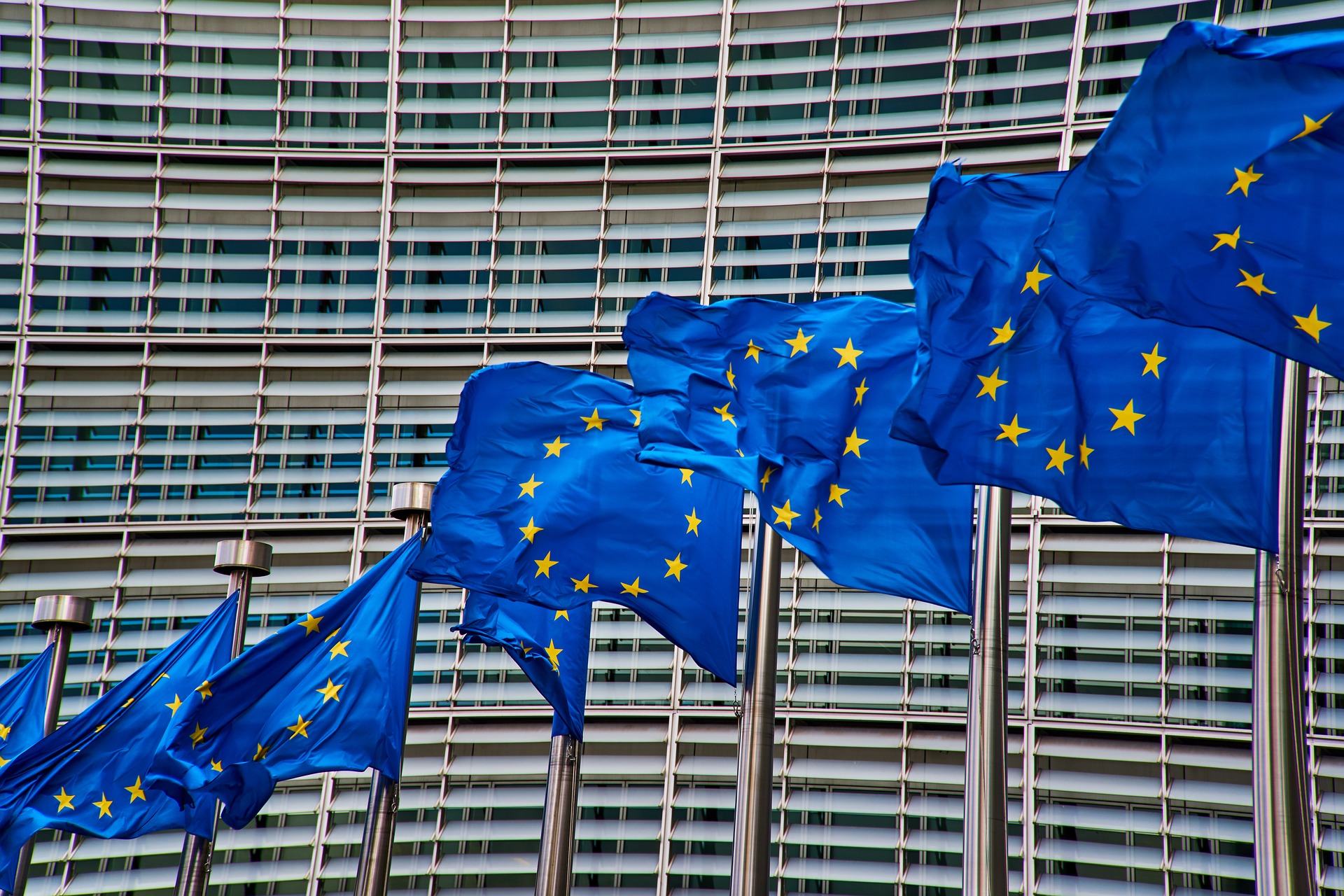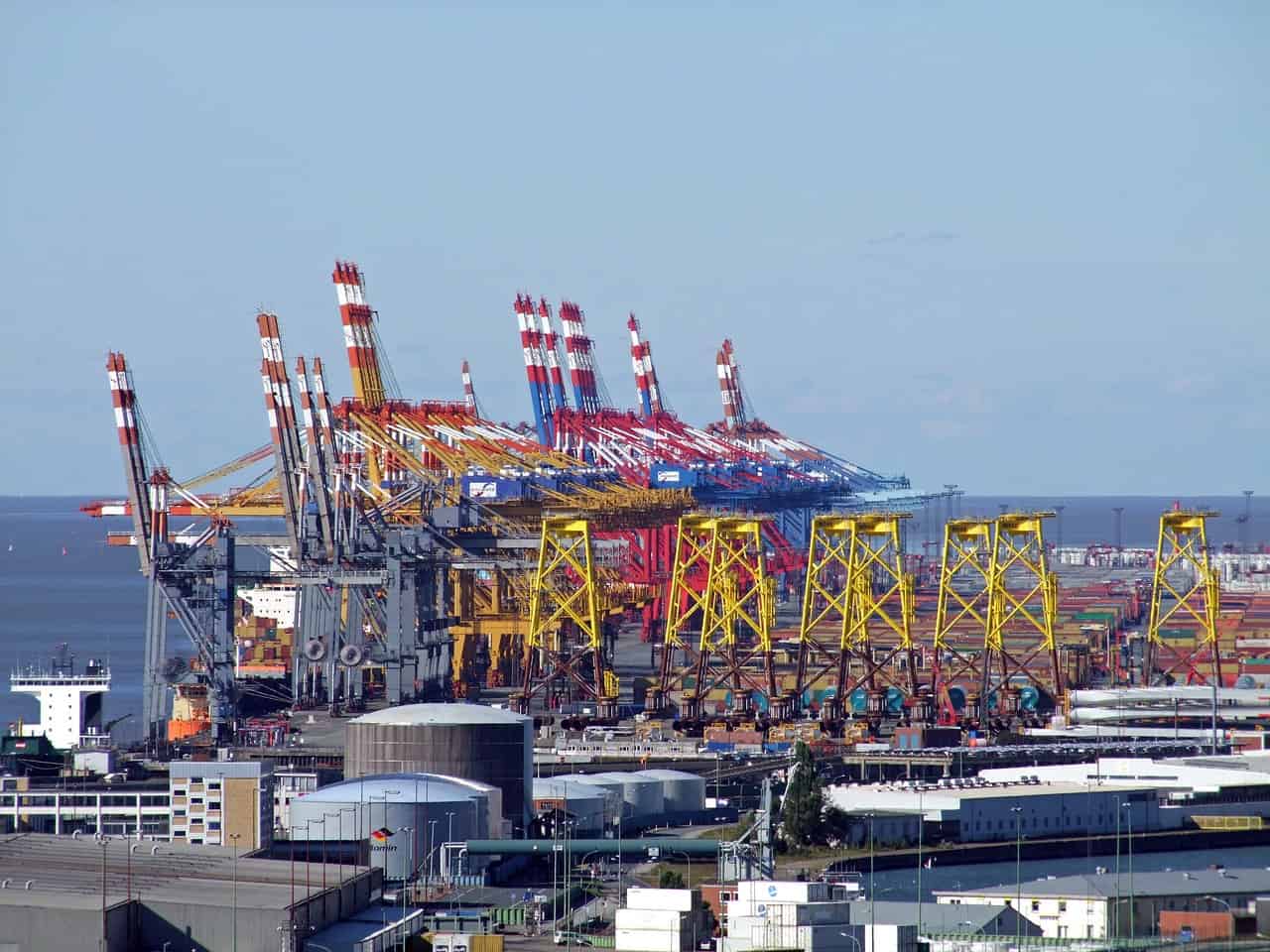
The European Commission responded to the COVID-19 emergency with its Recovery and Resilience Facility (RRF). This instrument is making over € 723 billion available – in grants and loans – to the EU member states in order to help their economies not only to restart but to do so in a greener and more digitalized way.
Looking at the plans presented by the countries – all countries submitted one except for the Netherlands – it appears that climate neutrality will be achieved through overhauling existing assets, next to massive investments in renewables. In fact, spending on the energy efficiency of buildings and the renewal of mobility infrastructures amounts to over € 100 billion combined.
What countries are also addressing is social resilience. This means that over half of the €723.8 billion pie is for better hospitals, labor market policies, and more efficient public administration.
Also interesting: Frans Timmermans: cajole, form coalitions, or else go through the back door
Every country is renovating buildings
In February 2020, the European Commission underlined how 3 out of 4 buildings in the EU were energy inefficient. Most of them were built before the first energy regulations of 1970. According to the Commission’s calculations, renovating the existing buildings could lower carbon dioxide emissions by 5 percent.
Over €52 billion will be invested in the EU for the greening of dwellings. All countries – except Cyprus – are devoting a share of their budget to retrofitting buildings.
Italy is the country investing the most, with several measures aimed at retrofitting schools, courts, and residential buildings. The biggest investment is the Ecobonus 110 percent one, a subsidy scheme totaling around €14 billion.
Belgium is investing more than one billion euros in energy-efficient buildings. It is a significant amount, considering that the country was given €5.9 billion in grants. Among the action they plan to take is the renovation of social housing and public buildings coupled with an energy efficiency subsidy scheme.
France is investing over 18 percent of its RRF budget in retrofitting its building stock. The healthcare infrastructure is being upgraded with an injection of €1.8 billion.
Better railways all over Europe
Another crucial area of investment is mobility. In particular, countries are spending over €63 billion on better infrastructure. Many measures are aimed at upgrading existing assets to make them more powerful and efficient. Others involve the construction of new highways and railway lines.
Two eastern European countries are investing considerable shares of their RRF budget in mobility infrastructure: Poland and Romania.
Warsaw is spending over €5 billion out of the €31.6 billion it is receiving on this. The majority of this money is for railways, with about half of it solely for railway lines.
Similarly, Romania will use €7.7 billion for its mobility infrastructure – the Balkan country is being given over €29 billion – most of it for better train connections.
Italy’s major investment in mobility infrastructure is in the railway sector. Specifically, tens of millions have been pegged to renovate the rail links in the southern part of the country.
Spain plans to invest over €8 billion in the transport sector. As part of their action plan, they intend to boost the Trans-European transport network and the digitalization of transport.
Funding schemes for greener vehicles
In addition to the investments into better highways, railways, and cycle paths, how are the member states fostering green mobility? About €30 billion is being invested in sustainable mobility, as the member states plan to renew vehicle fleets and launch subsidy schemes for buying less impactful vehicles and charging infrastructure.
Particularly, Germany is investing about €5.5 billion, with nearly half of this sum in a bonus scheme for buying electric vehicles. Over one billion euros are destined for the purchase of sustainable buses, while €700 million are for a grant scheme aimed at building charging stations.
A strong aid scheme for purchasing electric vehicles and charging stations is being rolled out by Spain. Madrid itself is investing about €5 billion in green mobility.
Hydrogen is the go-to green technology
Investments in green technologies amount to about €35 billion across the whole union. Hydrogen is the technology being backed the most, as nearly all countries plan to use it.
Germany and Austria are both financing IPCEI hydrogen-related programs, while Italy plans to use it in sectors where it is still difficult to replace fuels with sustainable alternatives. More than €1.5 billion is being allocated by Spain to H2, while France is investing about €2 billion in this.
Off-shore wind farms are part of Poland’s plan with a sum of €3.7 billion, whereas Croatia plans to build a biorefinery. Denmark is using part of its budget for carbon capture, and Bulgaria plans to support a project for geothermal energy.
NextGeneration EU
The corona crisis is one of the biggest challenges of our time. The European Union, through NextGenerationEU – the largest recovery plan ever at €806.9 billion – aims to help its member states emerge stronger from the crisis. The Recovery and Resilience Facility (RRF) is at the heart of this plan (€723.8 billion).
The RRF has two goals: first, to pull the European economy out of the recession caused by the corona pandemic. At the same time, it is designed to give an impetus to important investments for the future and measures for rolling out reforms.
The original deadline for submitting a plan was April 30, 2021, but that deadline has since been pushed up to June 2022. Currently, 26 of the 27 countries have submitted a plan. The plans require member states to spend at least 37 percent of their budgets on climate action and 20 percent on digitalization.
On the way to climate neutrality
Other relevant areas of spending for innovation and sustainability deal with the improvement of water treatment and waste management. Furthermore, consistent disbursements will be given for faster internet connections.
Member states must finalize their plans by the end of 2026, and their actions are being kept under close scrutiny by the European Commission. In the event of not meeting the goals and milestones each country has to comply with, Brussels could decide to cut funding to those who do not achieve these targets semester by semester.
As Europe aims to become climate neutral by 2050, it’s still the case that there is a long way to go. The RRF plans are just a start to this long-term process.
Find more about the investments and the plans here.
Support us!
Innovation Origins is an independent news platform that has an unconventional revenue model. We are sponsored by companies that support our mission: to spread the story of innovation. Read more.
At Innovation Origins, you can always read our articles for free. We want to keep it that way. Have you enjoyed our articles so much that you want support our mission? Then use the button below:








